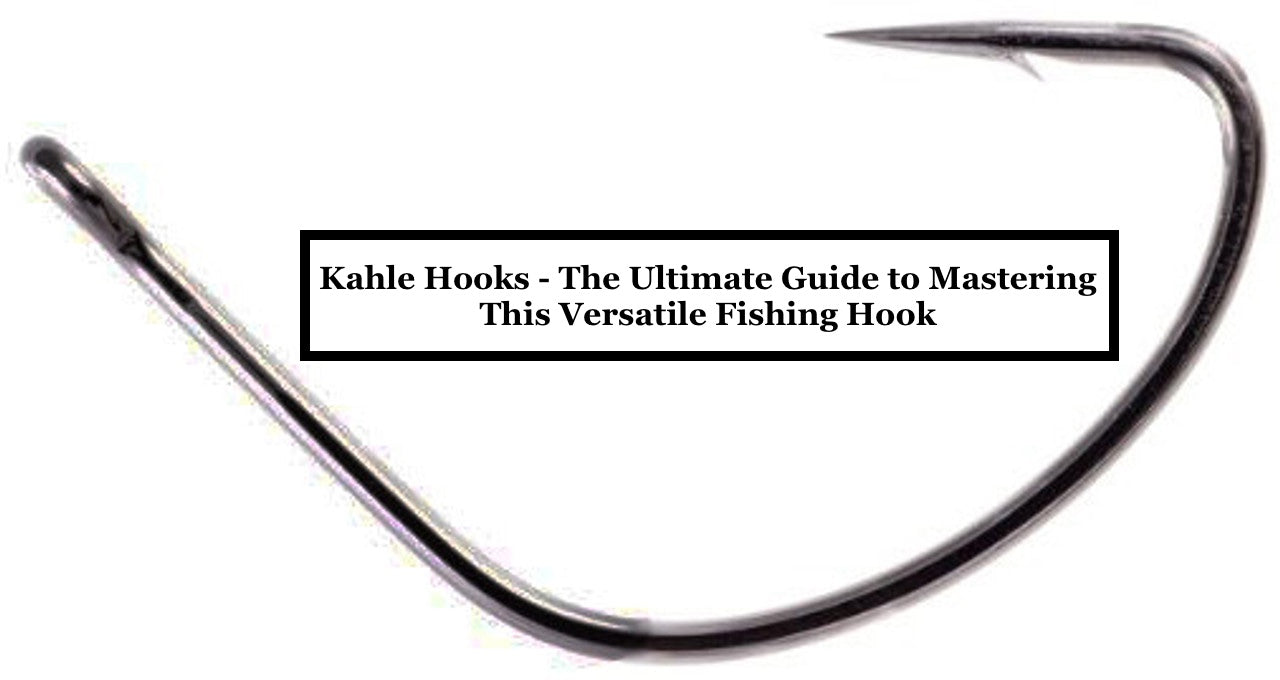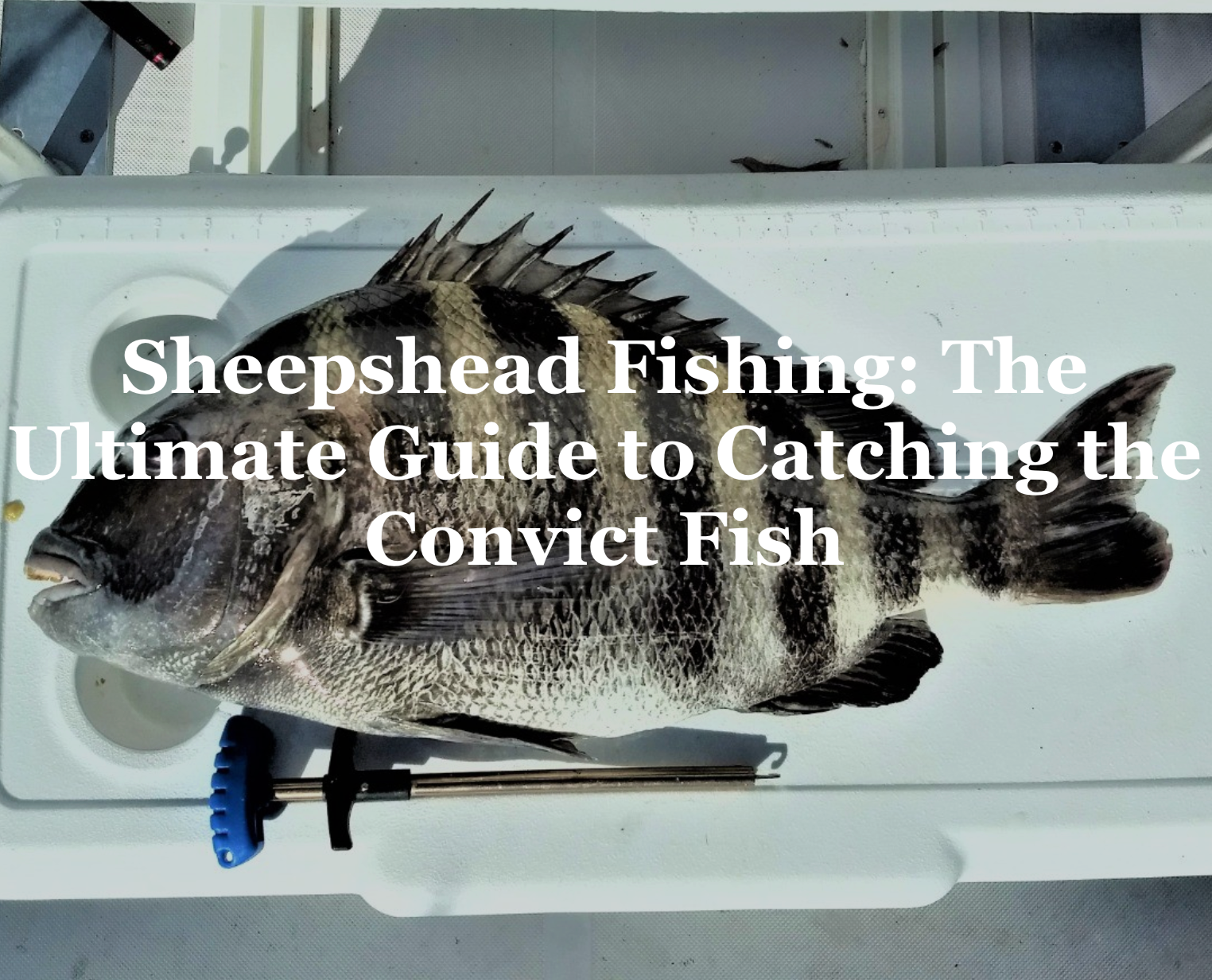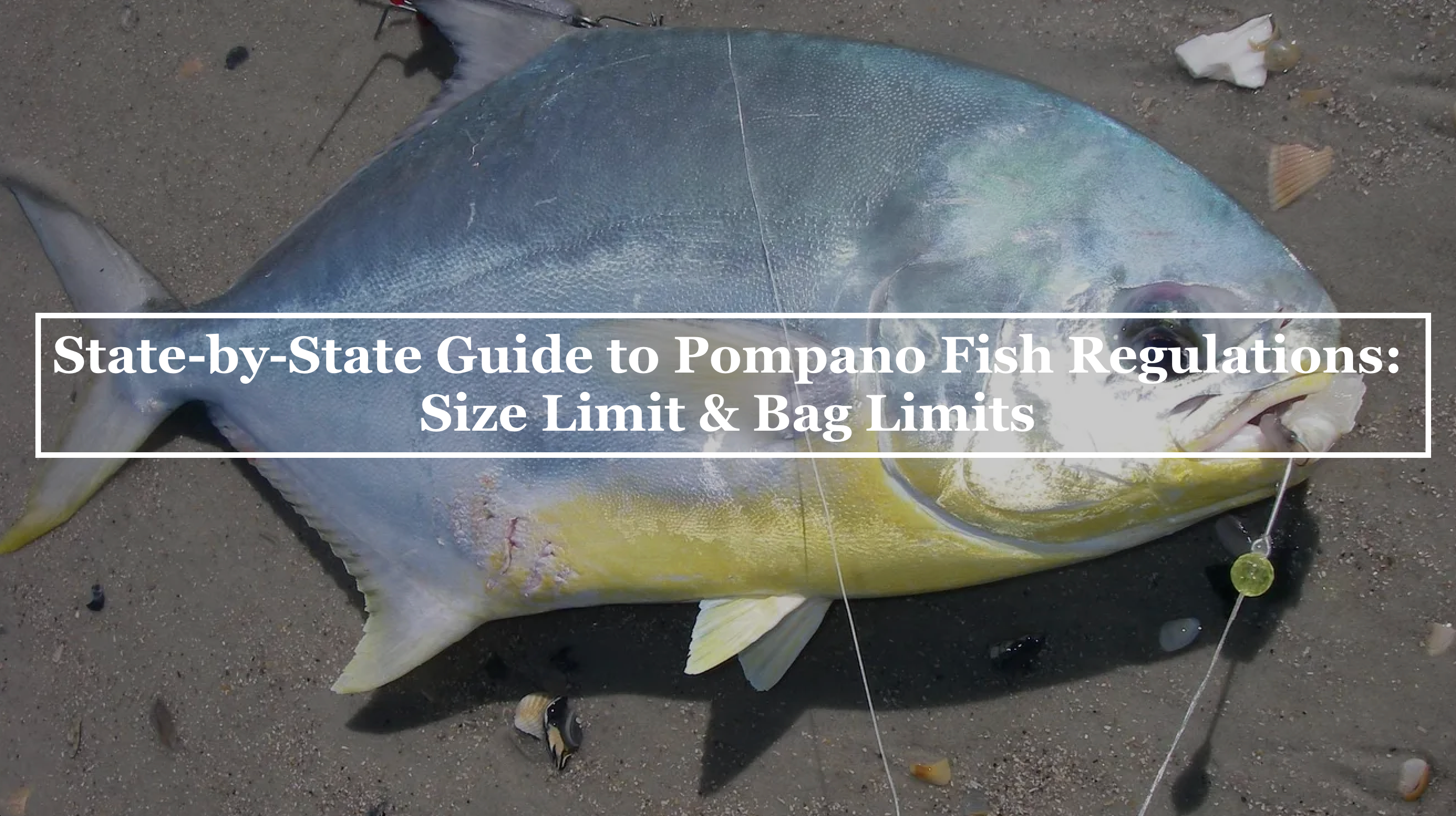When it comes to fishing hooks, kahle hooks often fly under the radar, but they’re a secret weapon for anglers who value versatility and performance. These unique fishing hooks, with their wide gap and distinctive bend, are designed to tackle a range of species and fishing scenarios, making them a must-have in any tackle box. Whether you’re a beginner learning the ropes or a seasoned pro chasing redfish, this guide dives deep into kahle hooks—how they work, how to use them, and why they might just become your go-to for your next fishing trip. Let’s explore everything you need to know to master kahle hook fishing.
What Are Kahle Hooks Used For?

Kahle hooks are prized for their adaptability across fishing tackle setups, making them a favorite for both freshwater fishing and saltwater fishing. Their design, featuring a wide gap and a sharp, slightly offset point, makes them ideal for live bait fishing. Anglers use kahle hooks to target species like bass, catfish, redfish, and flounder, where the hook’s shape ensures a secure hold on soft-mouthed fish. The wide gap allows for larger baits—like shrimp, minnows, or cut bait—while keeping the hook point exposed for a solid set. Unlike some specialized hooks, kahle hooks shine in their ability to handle a variety of baits and fishing styles, from bottom fishing to drifting in open water.
The purpose of kahle hooks goes beyond just hooking fish—they’re built to maximize hookup rates with minimal effort. Their unique bend allows the hook to pivot into the fish’s mouth as it bites, often setting itself without a hard yank. This makes them especially effective for beginners who might struggle with hook setting, as well as for pros fishing in situations where a subtle presentation is key. Whether you’re casting in a lake for largemouth bass or targeting redfish in coastal flats, kahle hooks offer a reliable option for landing your catch with confidence.
What’s the Purpose of Kahle Hooks?

The core purpose of kahle hooks lies in their ability to provide a balance of strength, ease, and effectiveness. They were originally designed to improve hookup success with live bait, ensuring the bait stays natural and the hook sets securely. The wide gap and offset point create a larger hooking area, which is perfect for fish that take bait aggressively but have soft mouths that might tear free with other hooks. This design also reduces the chance of gut-hooking, making kahle hooks a more fish-friendly option compared to some traditional J hooks, though they don’t match the conservation focus of circle hooks.
Kahle hooks are also about practicality. They’re easy to rig, hold bait well, and work in diverse environments, from muddy river bottoms to clear saltwater flats. For anglers targeting species that require a delicate balance of presentation and power—like catfish with cut bait or redfish with shrimp—kahle hooks deliver. Their purpose is to simplify the fishing process while boosting your odds of landing fish, making them a versatile tool for any angler looking to up their game.
How Do Kahle Hooks Work?

Understanding how kahle hooks work starts with their design. The kahle hook’s signature feature is its wide gap and slightly offset point, which creates a larger surface area for hooking. When a fish takes the bait, the hook’s bend allows it to slide into the mouth and catch on the lip or corner as the fish moves. Unlike circle hooks, which rely on the fish swimming away to set, kahle hooks often engage with a light tug or the fish’s own motion, making them more active in the hooking process. This design ensures a firm hold, even on fish with softer mouths or those that fight hard.
The mechanics of kahle hooks make them ideal for live bait fishing. The wide gap lets the bait move naturally, enticing strikes without burying the hook point. Once the fish bites, the offset point drives into the flesh, securing the catch with minimal risk of the hook pulling free. This functionality is why kahle hooks are a go-to for species like flounder or redfish, where a quick, reliable hookset can mean the difference between a catch and a miss. They bridge the gap between aggressive hook setting and passive self-setting, offering a middle ground that suits a wide range of fishing techniques.
Are Kahle Hooks Similar to Circle Hooks?

At first glance, kahle hooks and circle hooks might seem similar—both are popular for live bait fishing and aim to reduce gut-hooking. But their differences are significant. Circle hooks have an inward-curving point that sets in the fish’s mouth corner as it swims away, requiring no manual hook set. Kahle hooks, on the other hand, have a more open, offset point and a wider gap, allowing for a more active hookset while still minimizing deep hooking. This makes kahle hooks a bit more versatile for anglers who prefer a hands-on approach compared to the passive nature of circle hooks.
Another key difference is their application. Circle hooks are often mandated in conservation-focused fisheries, like those for redfish or snapper, due to their fish-friendly design. Kahle hooks, while safer than J hooks, don’t offer the same level of gut-hook prevention, so they’re less common in strict catch-and-release scenarios. However, kahle hooks excel in situations where you need a larger bait presentation or a quicker hookset, making them a complementary tool rather than a direct replacement for circle hooks in your fishing tackle arsenal.
Redfish: Kahle or Circle Hook?

When targeting redfish, choosing between a kahle or circle hook depends on your fishing style and local regulations. Redfish fishing often involves live bait like shrimp or mullet, and both hooks can shine here. Kahle hooks are fantastic for redfish because their wide gap accommodates larger baits, and the offset point ensures a solid hookset in the fish’s tough mouth. They’re especially effective when you’re actively fishing—casting and retrieving—since you can set the hook with a light tug when you feel the bite, perfect for the aggressive strikes redfish are known for.
Circle hooks, however, are often preferred in catch-and-release scenarios, especially in regulated saltwater fishing areas like Florida. Their design minimizes gut-hooking, ensuring redfish can be released unharmed. If you’re fishing in a tournament or area with strict rules, circle hooks might be required. But for general redfish fishing, kahle hooks offer more flexibility, letting you fish actively while still reducing harm compared to J hooks. A 2/0 to 4/0 kahle hook works well for most redfish, balancing bait size with hooking power.
How to Use Kahle Hooks

Learning how to use kahle hooks is straightforward, making them a great choice for beginners and pros alike. Start by selecting the right size—1/0 to 3/0 for smaller species like flounder, and 4/0 to 6/0 for larger fish like redfish or catfish. Pair the hook with a leader, typically 20- to 30-pound fluorocarbon for saltwater fishing, to keep your presentation stealthy. Kahle hooks work best with live or cut bait, so thread on a shrimp, minnow, or chunk of mullet, ensuring the hook point remains exposed for a clean set.
Cast your rig to your target area—think structure like oyster beds or grassy flats for redfish—and let the bait settle. Keep your rod tip up and maintain slight tension on the line. When you feel a bite, don’t jerk hard—a steady pull is enough to drive the hook into the fish’s mouth. Kahle hooks often set themselves as the fish moves, but a light tug ensures the hook catches. Reel in steadily, keeping pressure on the fish to tire it out. This method makes kahle hook fishing intuitive, letting you focus on the thrill of the catch.
How to Fish with Kahle Hooks

Fishing with kahle hooks opens up a world of possibilities across freshwater fishing and saltwater fishing. One effective technique is bottom fishing for catfish or flounder. Rig a kahle hook on a Carolina rig with a 1- to 2-ounce weight, thread on a piece of cut bait, and cast into a deep hole or channel. Let the bait sit, keeping your line taut. When a fish bites, you’ll feel a steady pull—give a gentle tug to set the hook, then reel in with consistent pressure. The wide gap of the kahle hook ensures the bait stays secure while the hook point catches cleanly.
Another approach is drifting for redfish or trout in open water. Use a 3/0 kahle hook with a live shrimp, rigged on a fluorocarbon leader with a small split shot to keep it near the bottom. Drift with the current, keeping your rod in hand to feel for bites. When a fish strikes, the kahle hook’s design lets it set with minimal effort—just a light pull, and you’re ready to fight the fish. This method highlights the versatility of kahle hooks, making them a reliable choice for various fishing techniques.
Do You Set the Hook with a Kahle Hook?
A common question for anglers new to kahle hook fishing is whether you need to set the hook. The answer lies in the hook’s design. Kahle hooks are built to engage with a fish’s bite, often setting themselves as the fish moves against the line. However, unlike circle hooks, which rely entirely on the fish swimming away, kahle hooks benefit from a light, steady pull to ensure the hook drives into the fish’s mouth. A hard, aggressive set isn’t necessary—in fact, it can pull the hook free from a soft-mouthed fish like flounder.
The best approach is to feel the bite, then apply gentle pressure by lifting your rod tip while reeling in. This motion seats the hook securely without risking a miss. For species like redfish or catfish, which strike hard, this subtle hook setting method works perfectly, balancing control with the hook’s natural setting action. It’s a forgiving technique for beginners, letting you focus on fighting the fish rather than perfecting a hard set.
How to Tie Kahle Hooks

Tying kahle hooks properly ensures your rig performs at its best. The most effective knot for kahle hooks is the improved clinch knot, which is strong and easy to tie. Start by threading your line through the hook eye, pulling about 6 inches through. Wrap the tag end around the main line 5-7 times, then pass the tag end through the small loop near the hook eye. Finally, thread the tag end through the larger loop you just created, wet the line with saliva, and pull tight. Trim the excess tag end, and your kahle hook is ready for action.
For heavier setups—like those for redfish fishing—a Palomar knot can add extra strength. Double the line, pass the loop through the hook eye, tie a simple overhand knot with the doubled line, then pass the hook through the loop and pull tight. This knot ensures your kahle hook stays secure, even during intense fish fights. Tying hooks correctly is a key part of fishing tackle prep, giving you confidence that your rig won’t fail when the big one bites.
How to Bait a Kahle Hook

Baiting hooks with a kahle hook is a breeze thanks to its wide gap design. Start by choosing your bait—live shrimp, minnows, or cut bait like mullet work well. For shrimp, thread the hook through the head or tail, keeping the point exposed so it can catch the fish’s mouth. With a minnow, hook it through the lips or just behind the dorsal fin to keep it swimming naturally. For cut bait, pierce the hook through the meaty part, ensuring the point isn’t buried, which could hinder the hookset.
The key to baiting a kahle hook is maintaining a natural presentation. The wide gap lets the bait move freely, enticing strikes without masking the hook point. If you’re fishing for catfish, a chunk of chicken liver on a 4/0 kahle hook can be deadly—just ensure the bait is secure but not overly tight, so the fish can take it easily. This method makes kahle hooks a top choice for live bait fishing, offering a balance of ease and effectiveness.
Why Kahle Hooks Deserve a Spot in Your Tackle Box
Kahle hooks might not get the spotlight like circle hooks, but their versatility and performance make them indispensable. From freshwater fishing for bass to saltwater fishing for redfish, they handle a range of species and baits with ease. Their ability to set with minimal effort, hold fish securely, and present bait naturally makes kahle hook fishing a joy for anglers at any level. Whether you’re drifting, bottom fishing, or casting to structure, kahle hooks deliver results. Add a pack to your fishing tackle, rig up, and see why these hooks are a hidden gem for landing your next big catch.






Share:
Circle Hooks: Ultimate Angler Guide to Sizes & Techniques
Fishing Swivels - Ultimate Guide to Sizes, Types, and How to Use Them